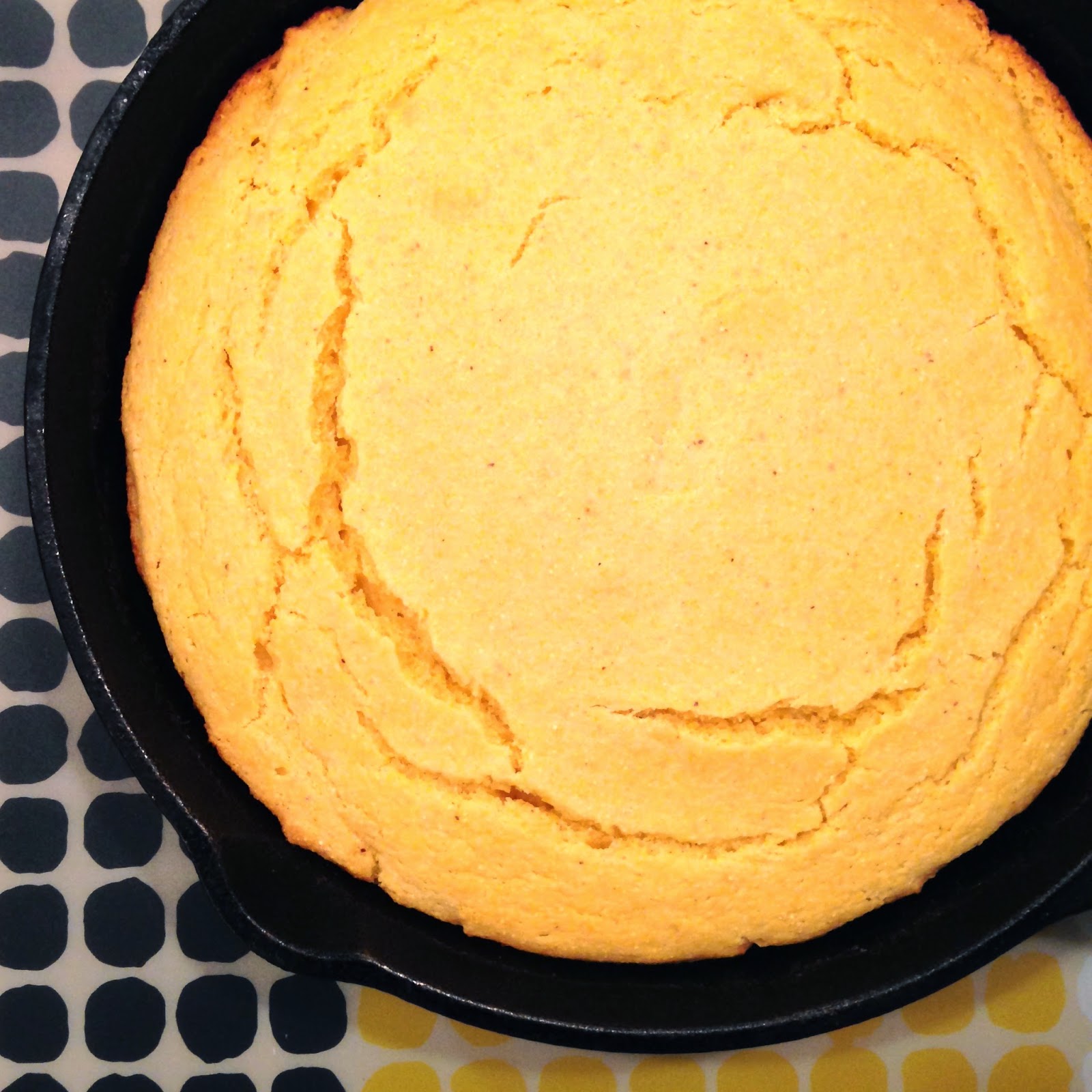About a hundred years ago (or perhaps closer to 25), I took a semester off from college to work on the staff at Gould Farm in Western Massachusetts. It is a working farm that also serves as a residence for guests with mental illnesses. Staff and guests live and work together, with the goal of helping guests learn to live independently. I learned how to milk cows, make yogurt, and tap maple trees, all while supervising guests. An amazing experience.
Gould Farm also gave me one of my first exposures to the concept of eating locally, long before it was talked about the way it is now. One of my regular work rotations was cooking at the farm's cafe, which served breakfast and lunch to the public (and which still exists, I discovered). Among the many specialties of the cafe were massive, plate-sized blueberry pancakes made with the farm's eggs, milk, and syrup. I needed two spatulas to flip them.
When I left, I copied one recipe from the cafe onto a 3 x 5 index card for a dessert called Harvest Bars. I don't know where the recipe came from, or why they are called Harvest Bars. In essence, the bars are a chocolate chip cookie with oats. But baking them in a pan means each bar is delectably chewy. I have returned to this dessert year after year, and the wear and tear on my index card is beginning to show. It's my go-to recipe when I need a quick dessert that is a crowd pleaser. I've made a few adjustments to the original ingredients and I've added cooking instructions, but this is pretty much as they were. I hope they are still being made at Gould Farm as well.
Harvest Barsadapted from Gould Farm Roadside Cafe
makes 12-15 bars
1 c. (2 sticks) unsalted butter at room temperature
1 c. brown sugar, packed
1 c. white sugar
2 eggs
1 t. vanilla
1 1/2 c. all purpose flour
1 t. baking soda
1 t. kosher salt
2 c. rolled oats
1 c. semi or bittersweet chocolate chips
Preheat the oven to 350 degrees F. Spray an 9 x 13 baking pan with cooking spray.
In the bowl of a stand mixer, cream butter and sugars together for 3 minutes. Add eggs and vanilla and mix until just blended. Mix flour, baking soda and salt together in a small bowl. Add flour mixture to the stand mixer and mix until just blended. By hand, stir in oats and chocolate chips.
Spread the batter (it will be very thick) into the baking pan and bake until a tester comes out clean, 30-35 minutes. Allow to cool and cut into 12-15 squares.






























